I am writing an OpenGL application and for vertices, normals, and colors, I am using separate buffers as follows:
GLuint vertex_buffer, normal_buffer, color_buffer;
My supervisor tells me that if I define an struct like:
struct vertex {
glm::vec3 pos;
glm::vec3 normal;
glm::vec3 color;
};
GLuint vertex_buffer;
and then define a buffer of these vertices, my application will gets so much faster because when the position is cached the normals and colors will be in cache line.
What I think is that defining such struct is not having that much affect on the performance because defining the vertex like the struct will cause less vertices in the cacheline while defining them as separate buffers, will cause to have 3 different cache lines for positions, normals and colors in the cache. So, nothing has been changed. Is that true?
